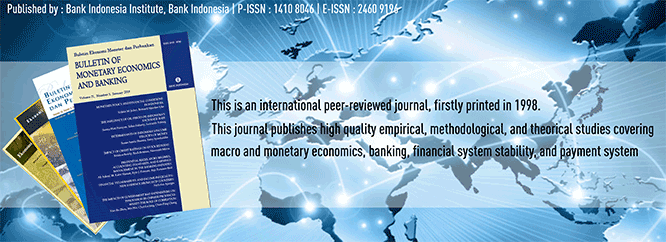
Document Type
Article
Abstract
This paper reviews theoretical and empirical perspectives pertaining to the nature and impacts of exchange rate movements on macroeconomic conditions, and their fundamental ramifications on macroeconomic and monetary policies. In particular, we show that, with increasing speed and scope of financial globalization and cross-border capital flows, the view on exchange rate has been changing from trade flows to financial asset views. Exchange rate movements have been exhibiting greater volatility beyond fundamentals and often deviate from equilibrium, driven by factors such as shifts in risk premia, investor preferences, as well as underlying economic and financial conditions. Policy implications from such a changing perspective on exchange rate have been pervasive. Exchange rate has not been singled out as an instrument for increasing a country’s external sector competitiveness in the modern literature of international finance. Rather, it constitutes an integral part of policy mix for coping with the impossible trinity of macroeconomic objectives in open economy, i.e. for benefiting from greater capital mobility while still maintaining stable exchange rate movements and domestic policy independence. The complete policy responses would include direct measures for stabilizing exchange rate, some forms of capital controls, and the implementation of inflation targeting framework of monetary policy.JEL Classification Numbers: E5, F3, F4Keywords: Monetary Policy, International Finance, Macroeconomic Aspects of International Trade and Finance
Recommended Citation
Warjiyo, Perry
(2005)
"Changing Perspectives on Exchange Rates: Theory and Policy Implications,"
Bulletin of Monetary Economics and Banking: Vol. 8:
No.
3, Article 5.
DOI: https://doi.org/10.21098/bemp.v8i3.138
Available at:
https://bulletin.bmeb-bi.org/bmeb/vol8/iss3/5
First Page
1
Last Page
17
Creative Commons License

This work is licensed under a Creative Commons Attribution-NonCommercial 4.0 International License
Country
Indonesia
Affiliation
Bank Indonesia







